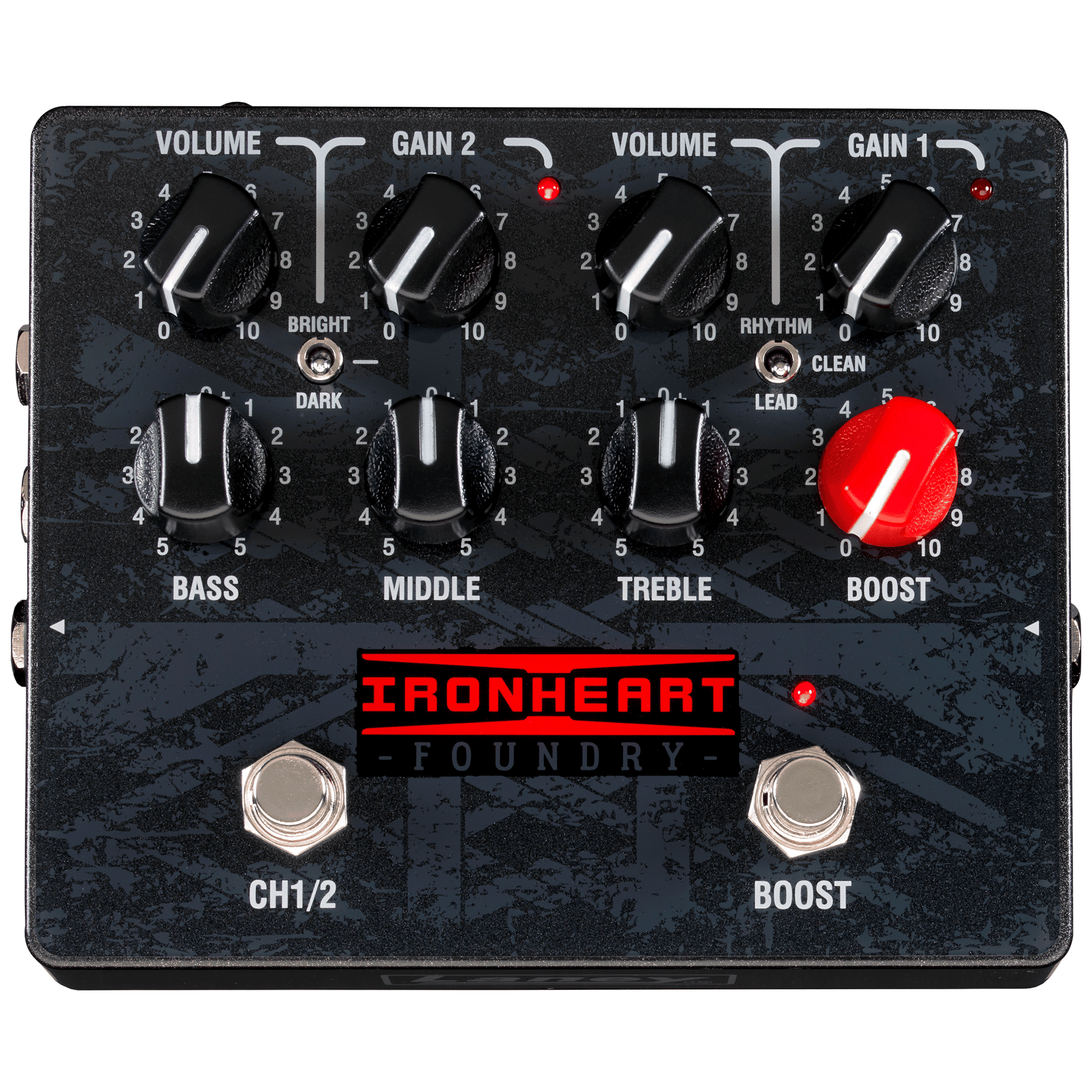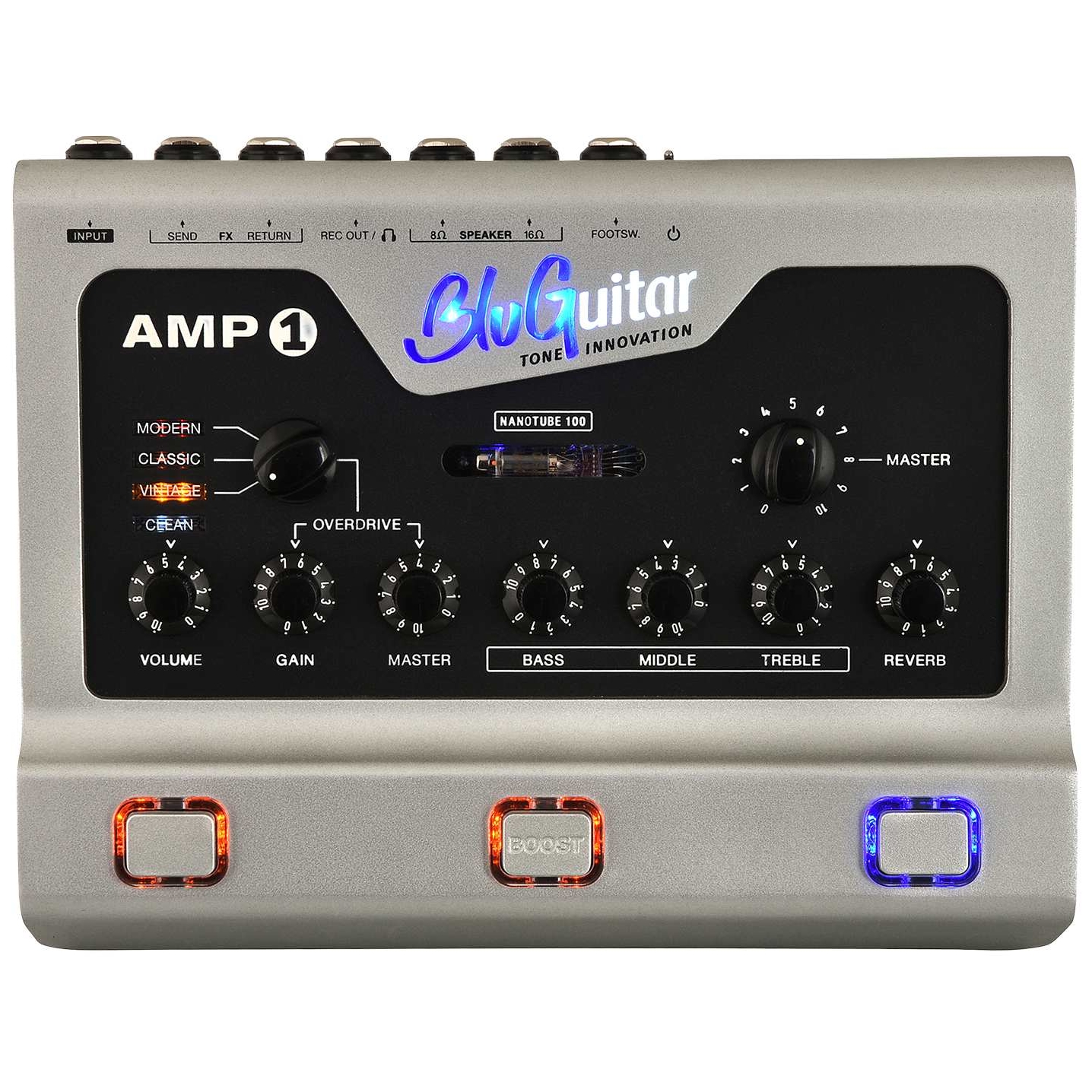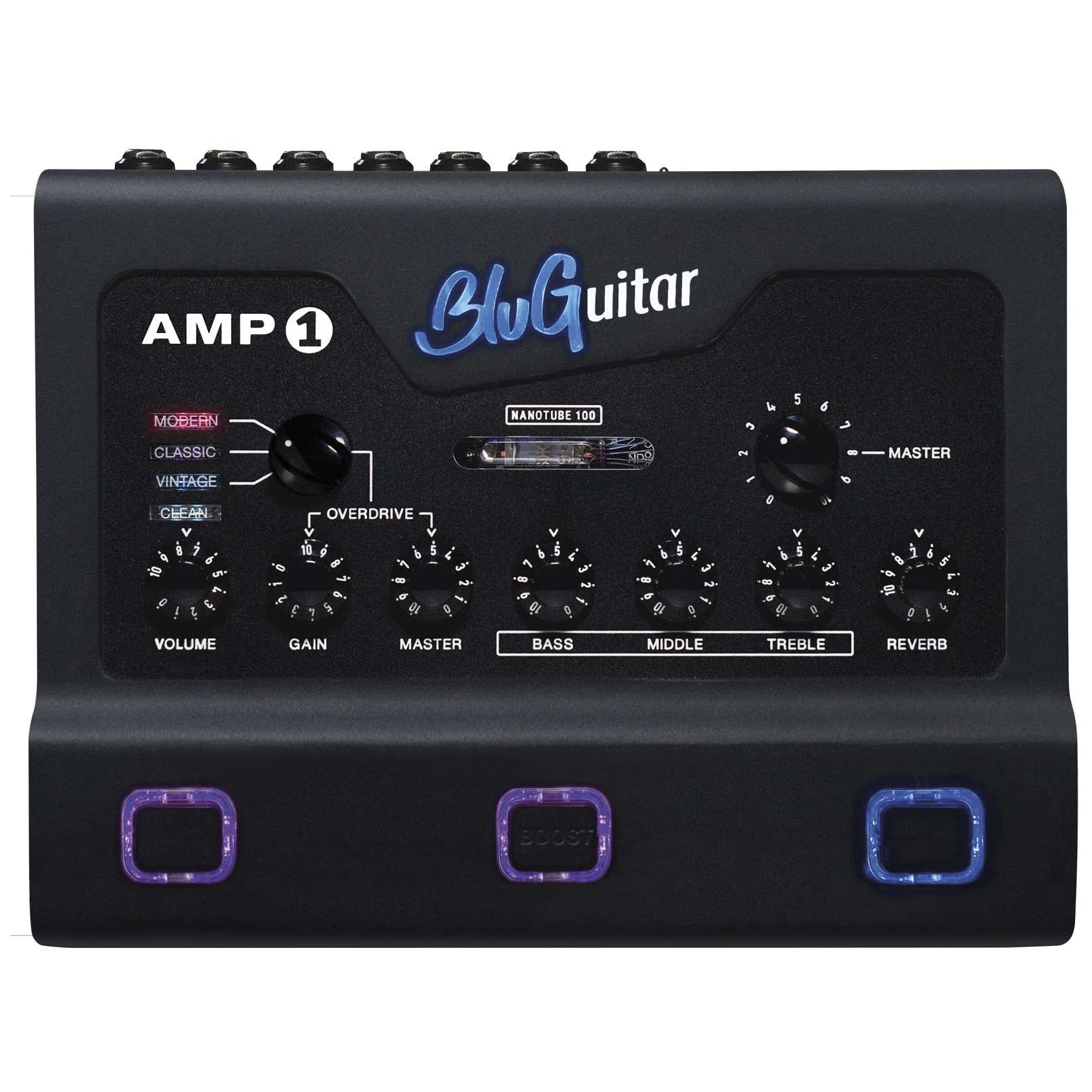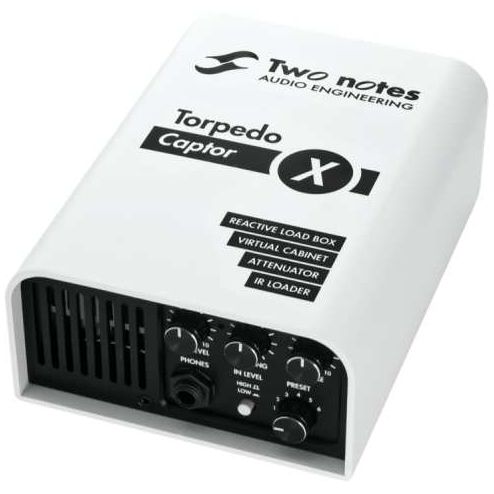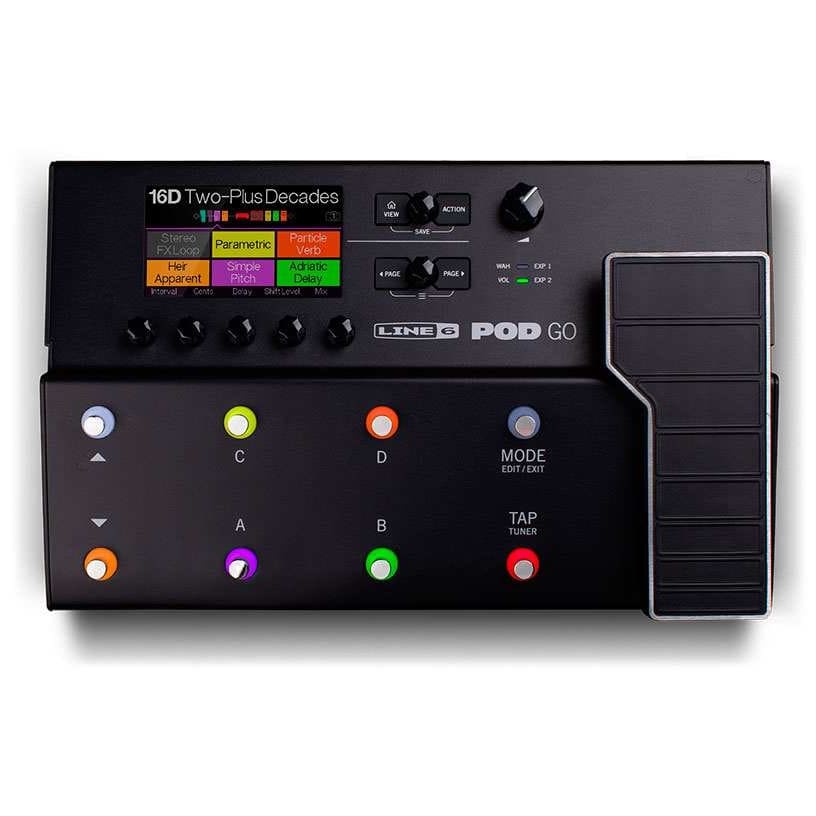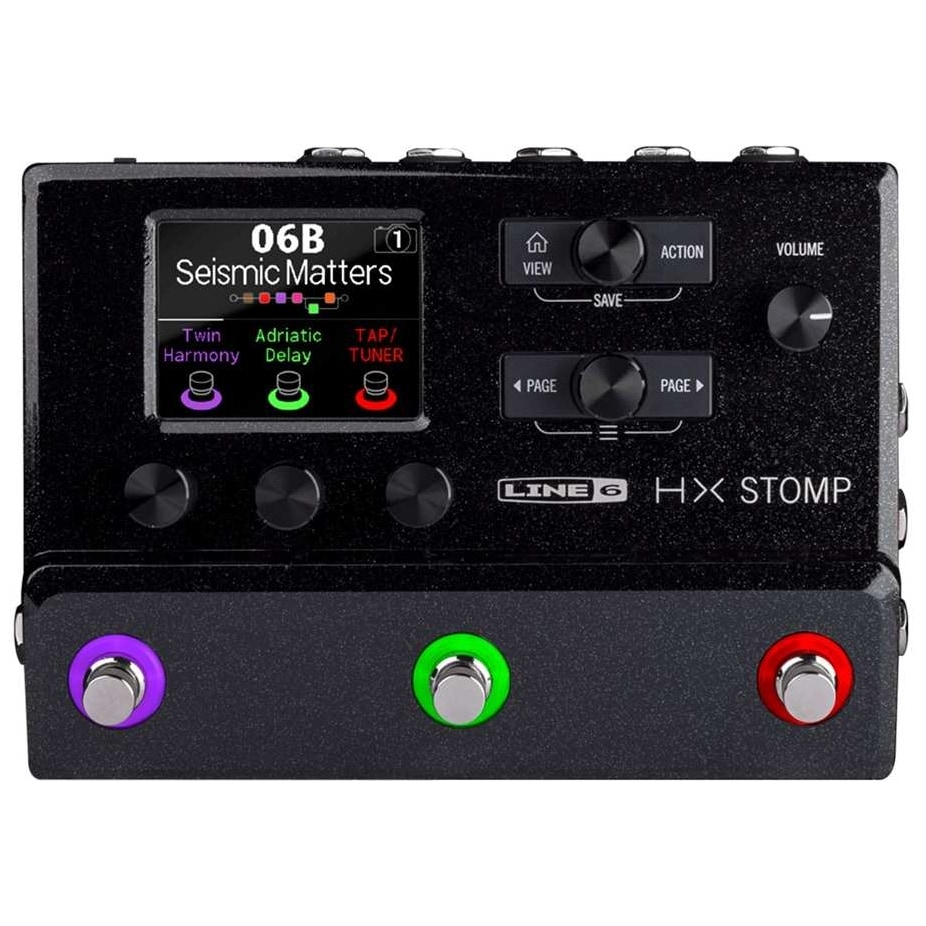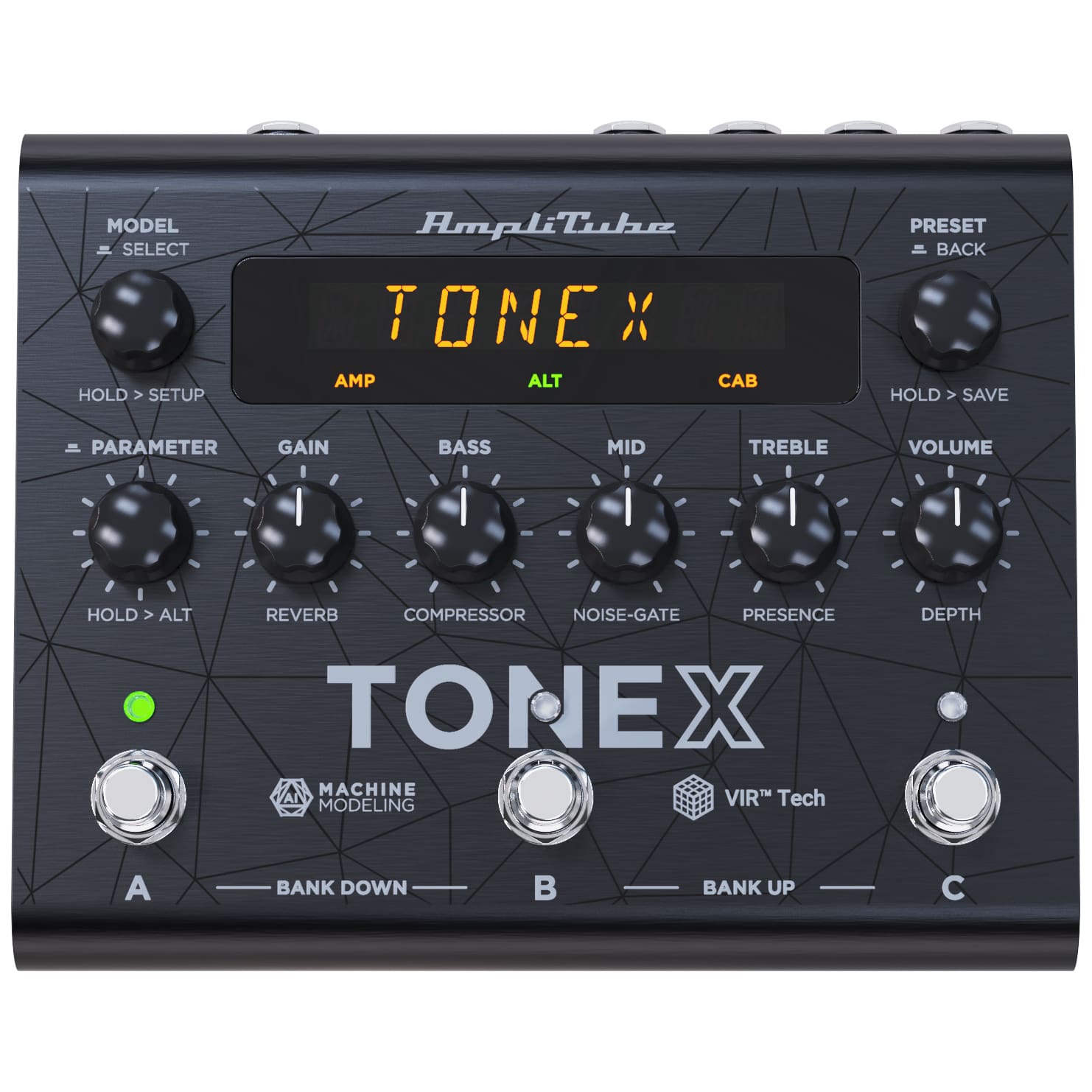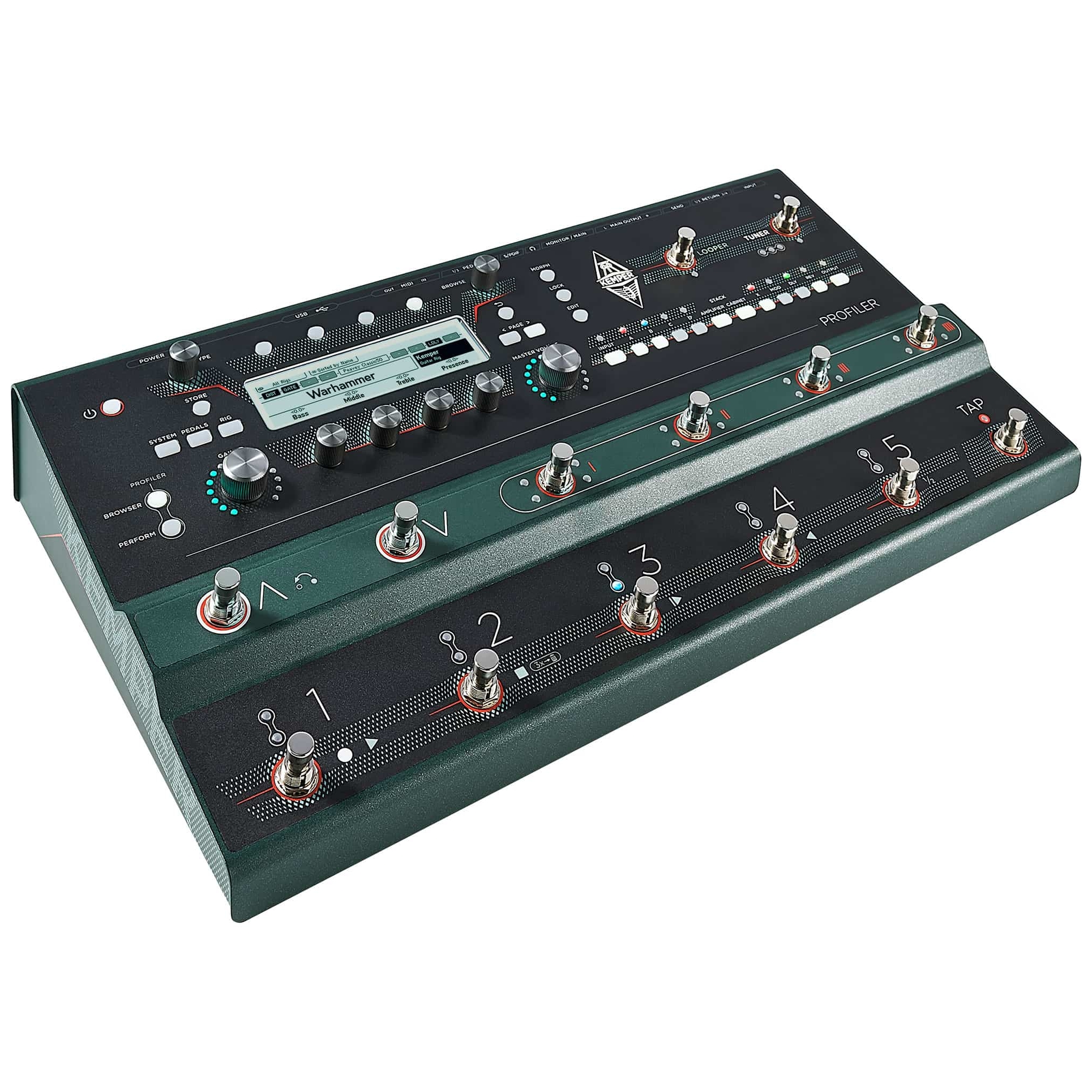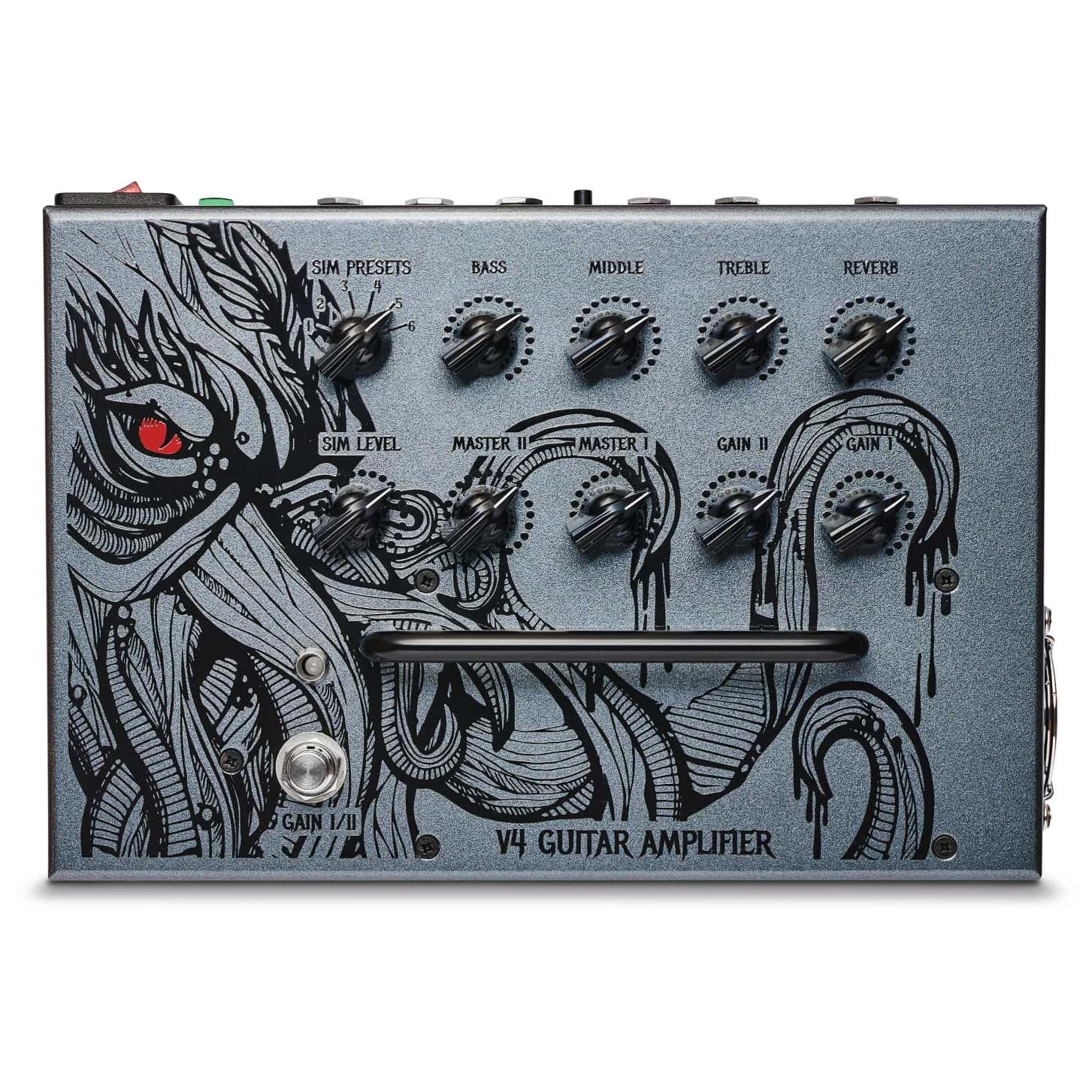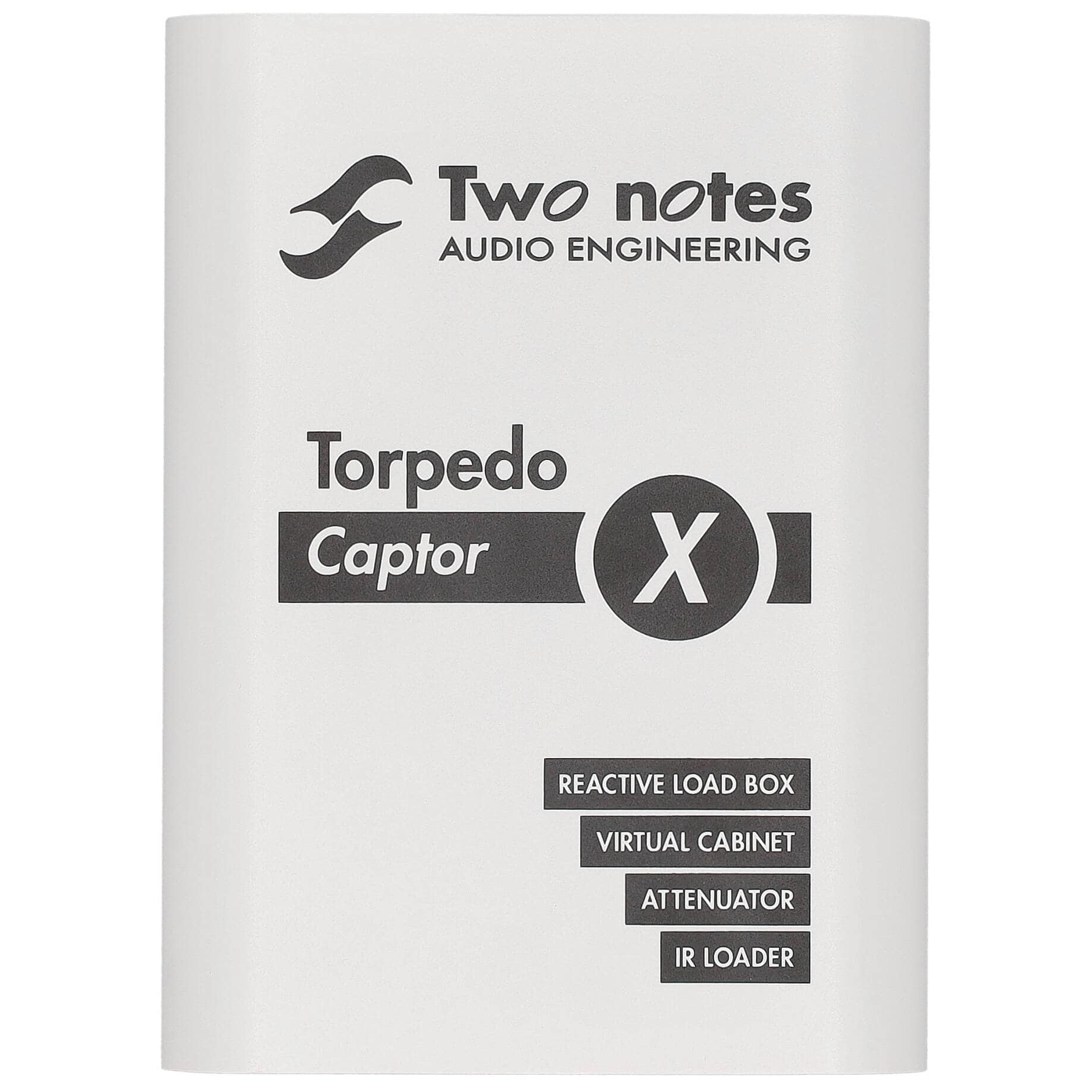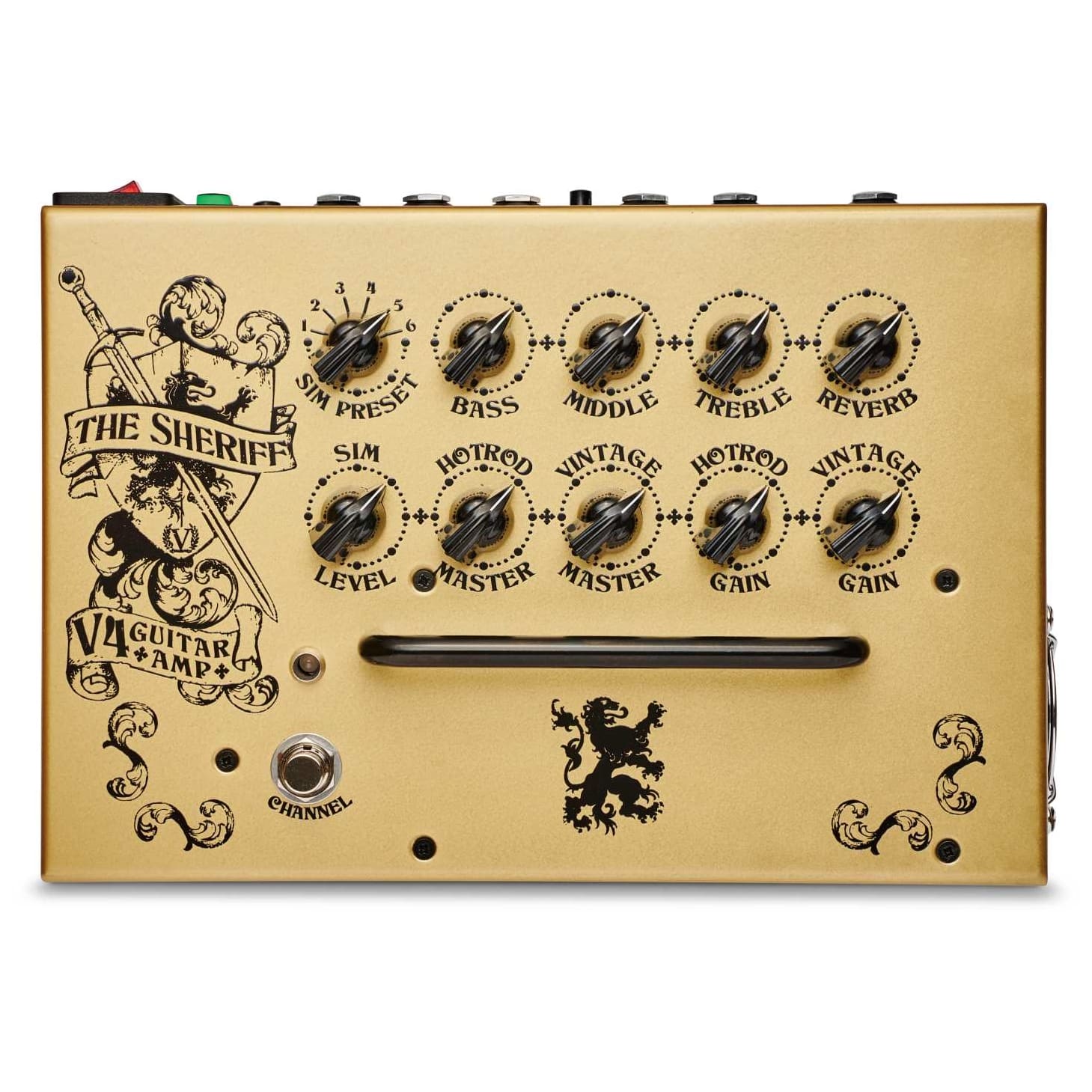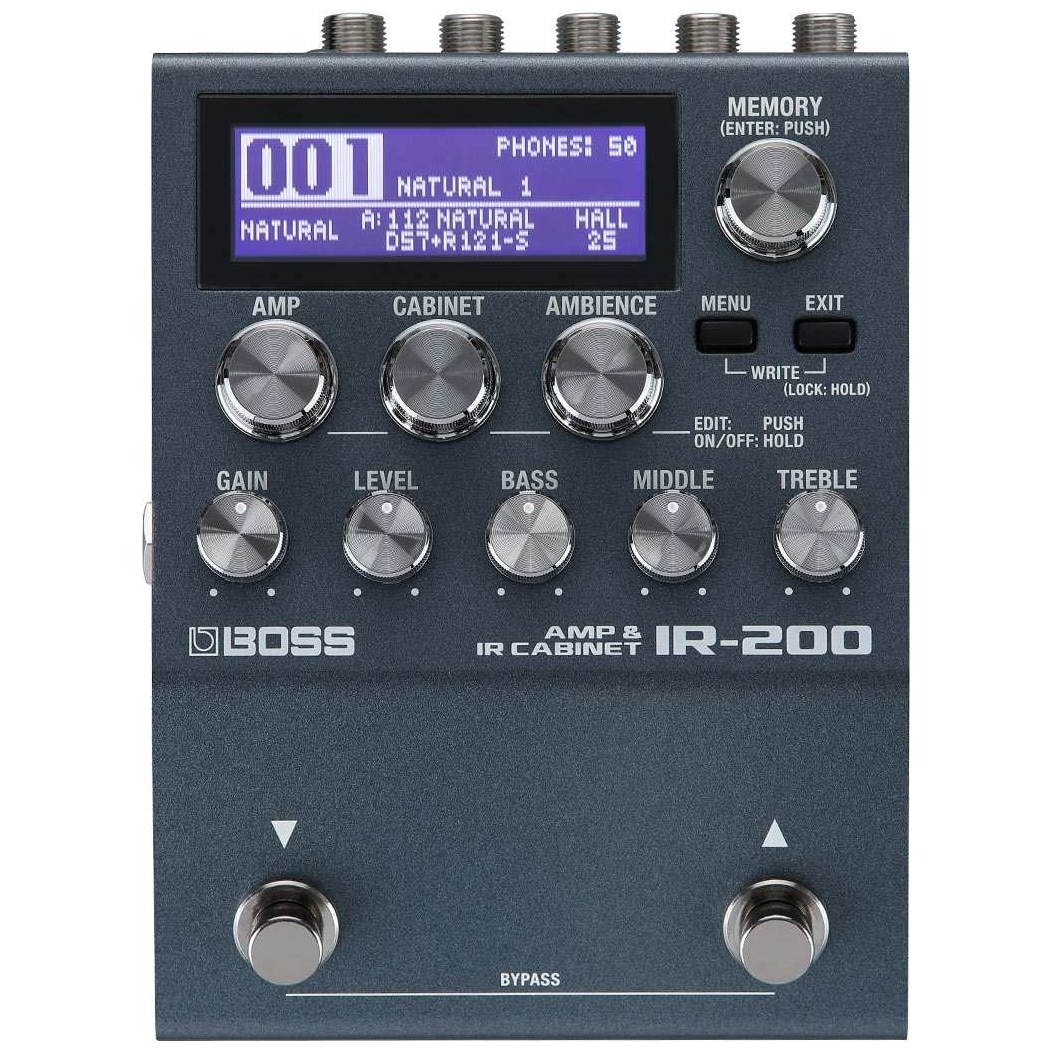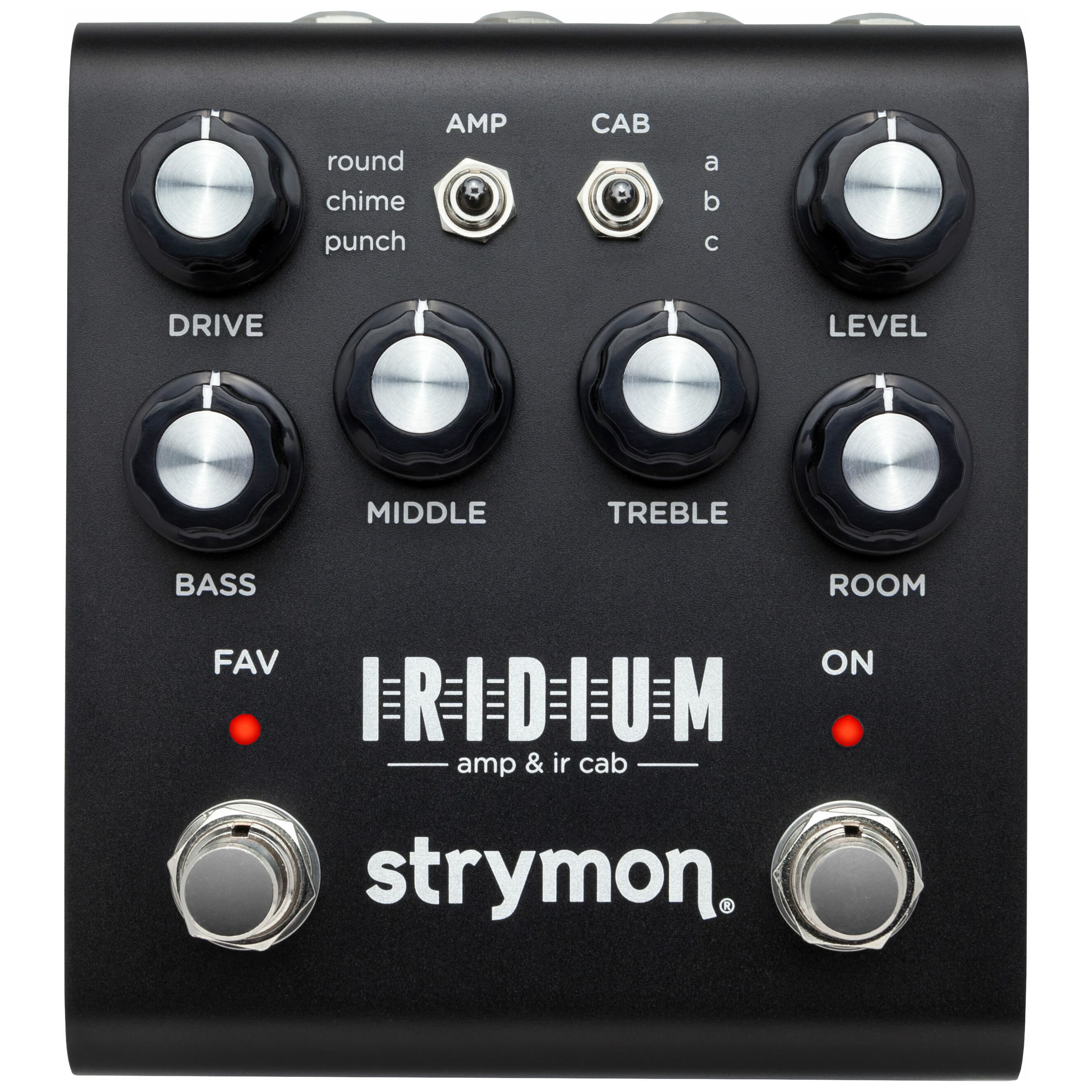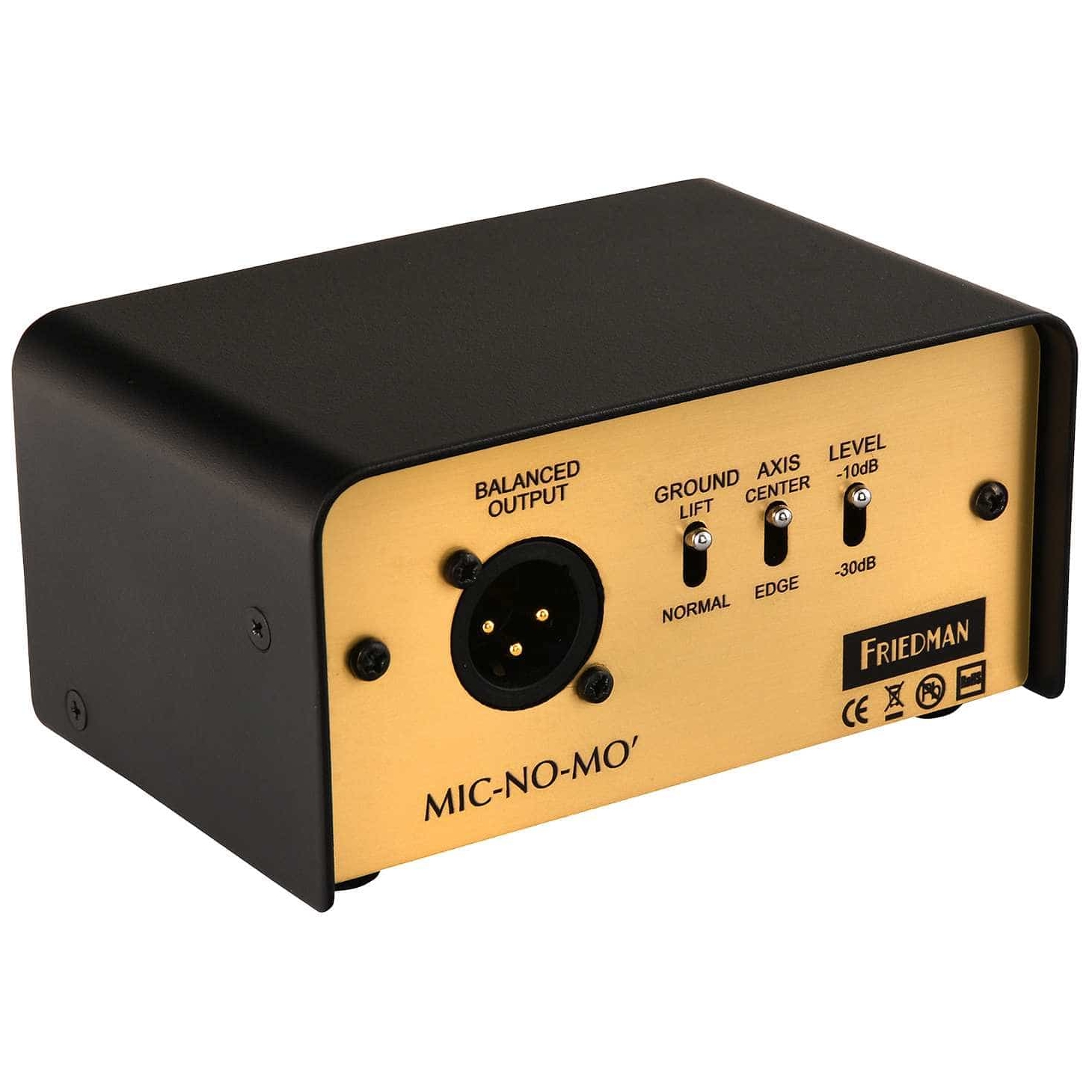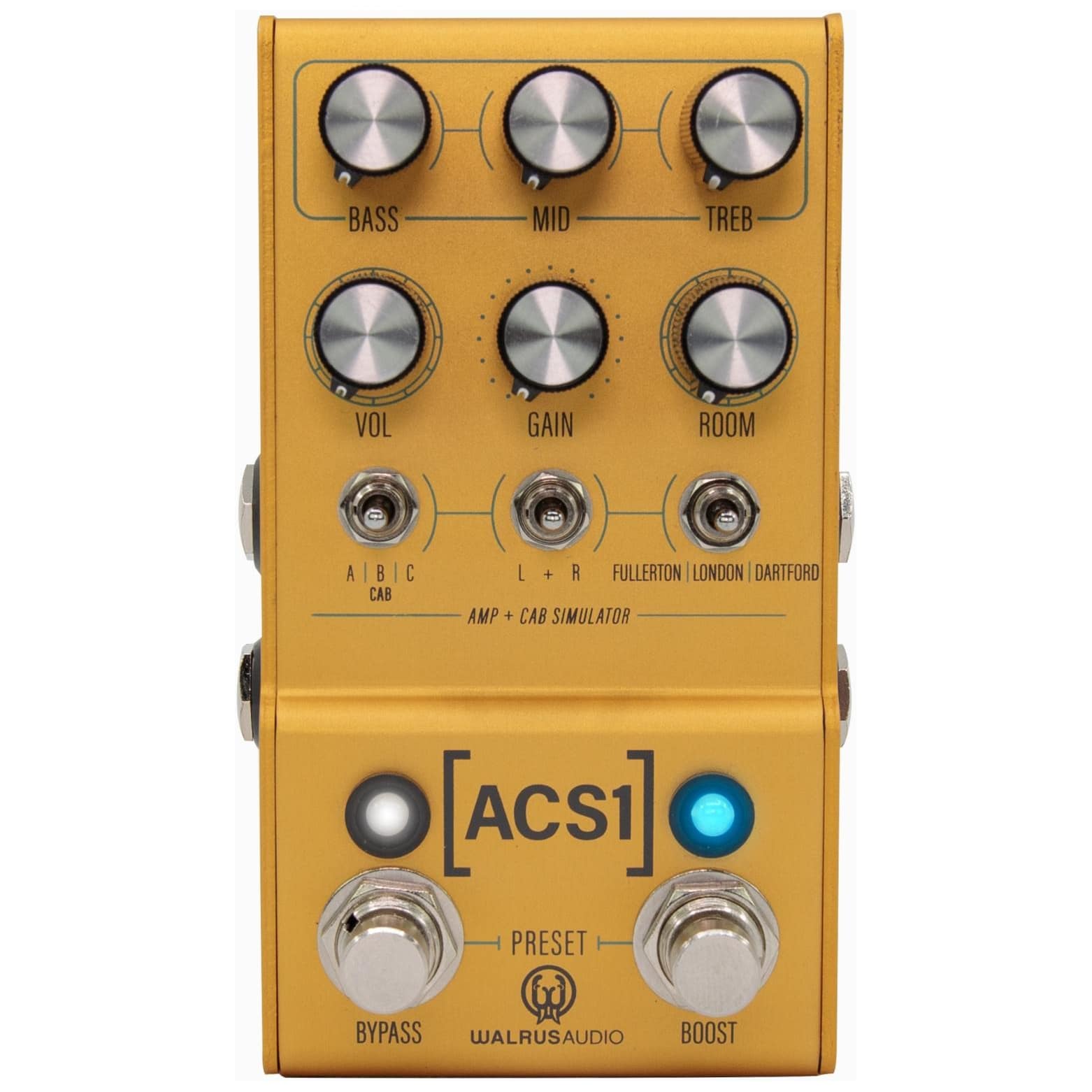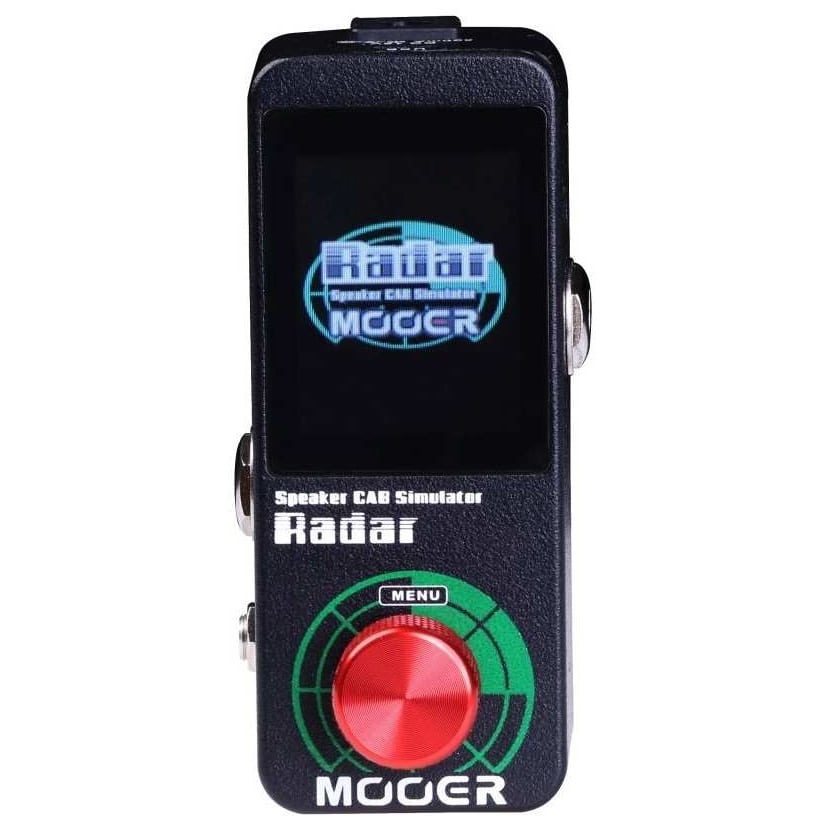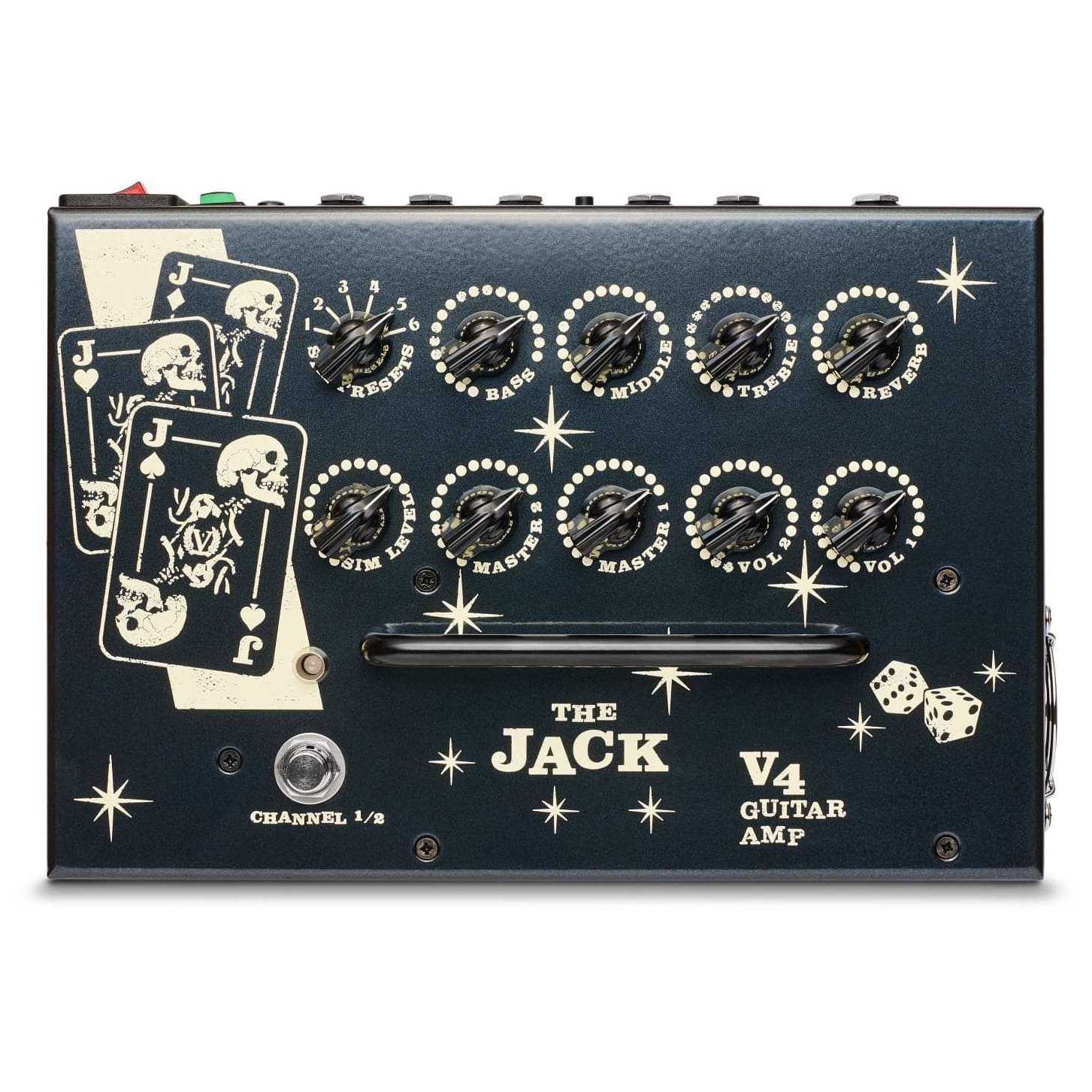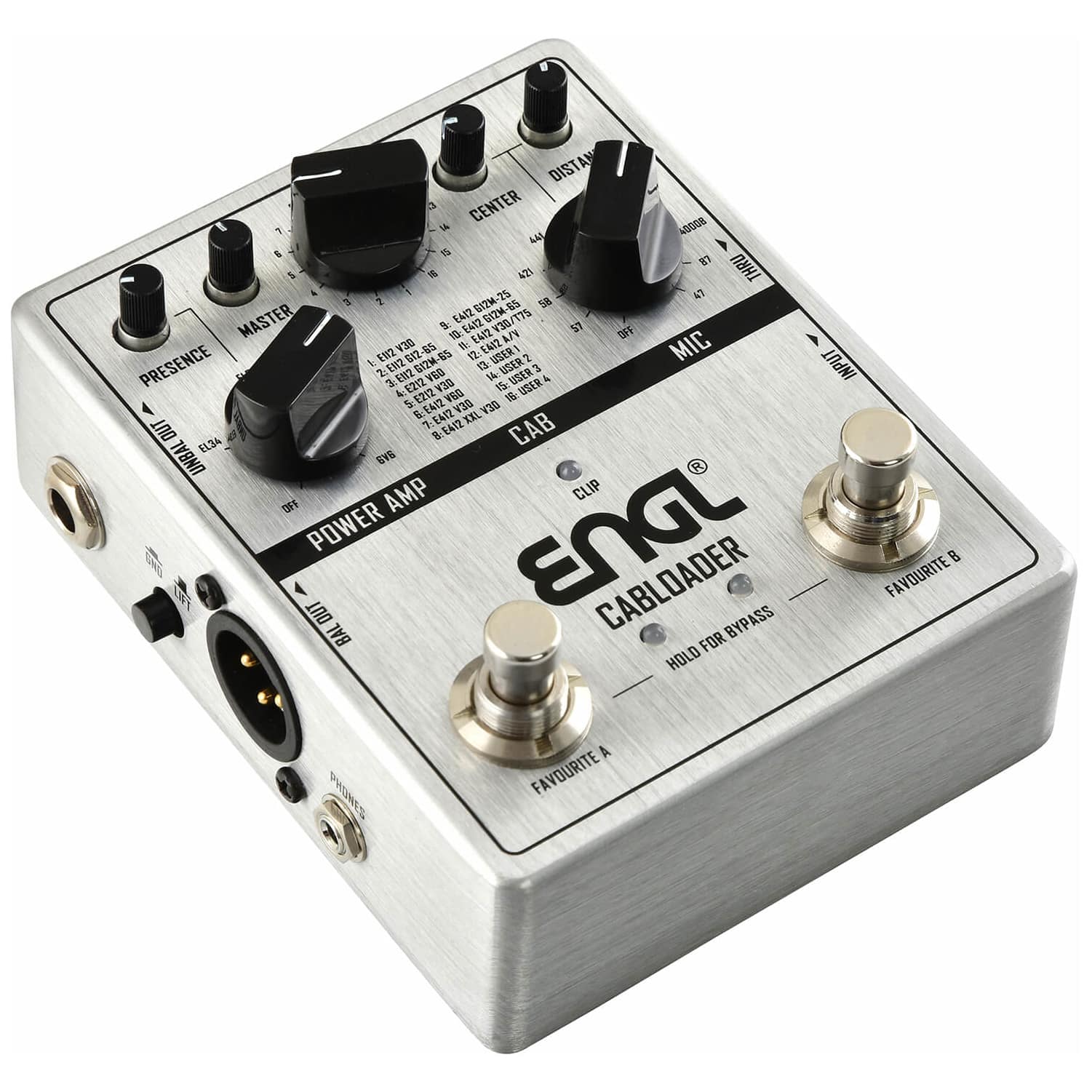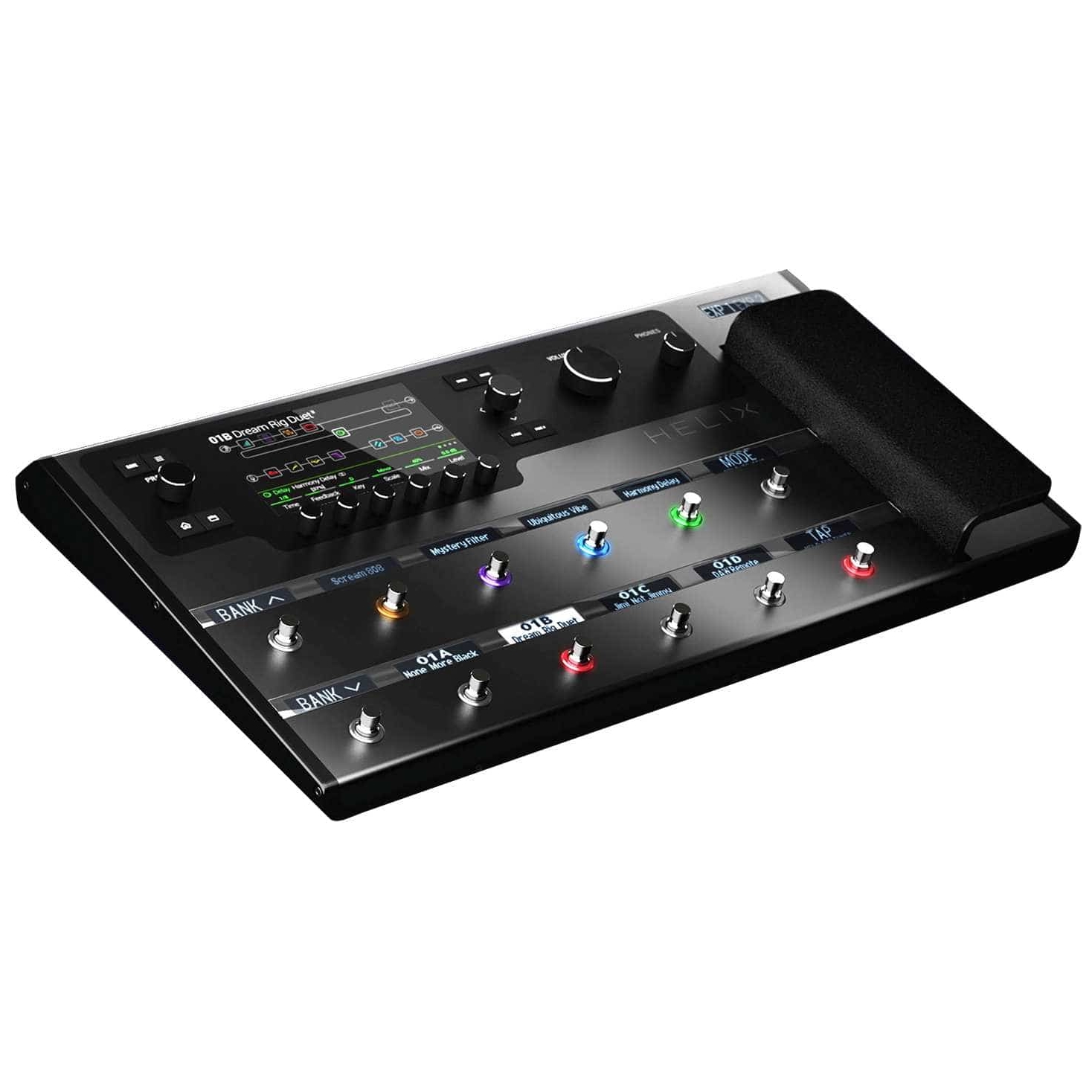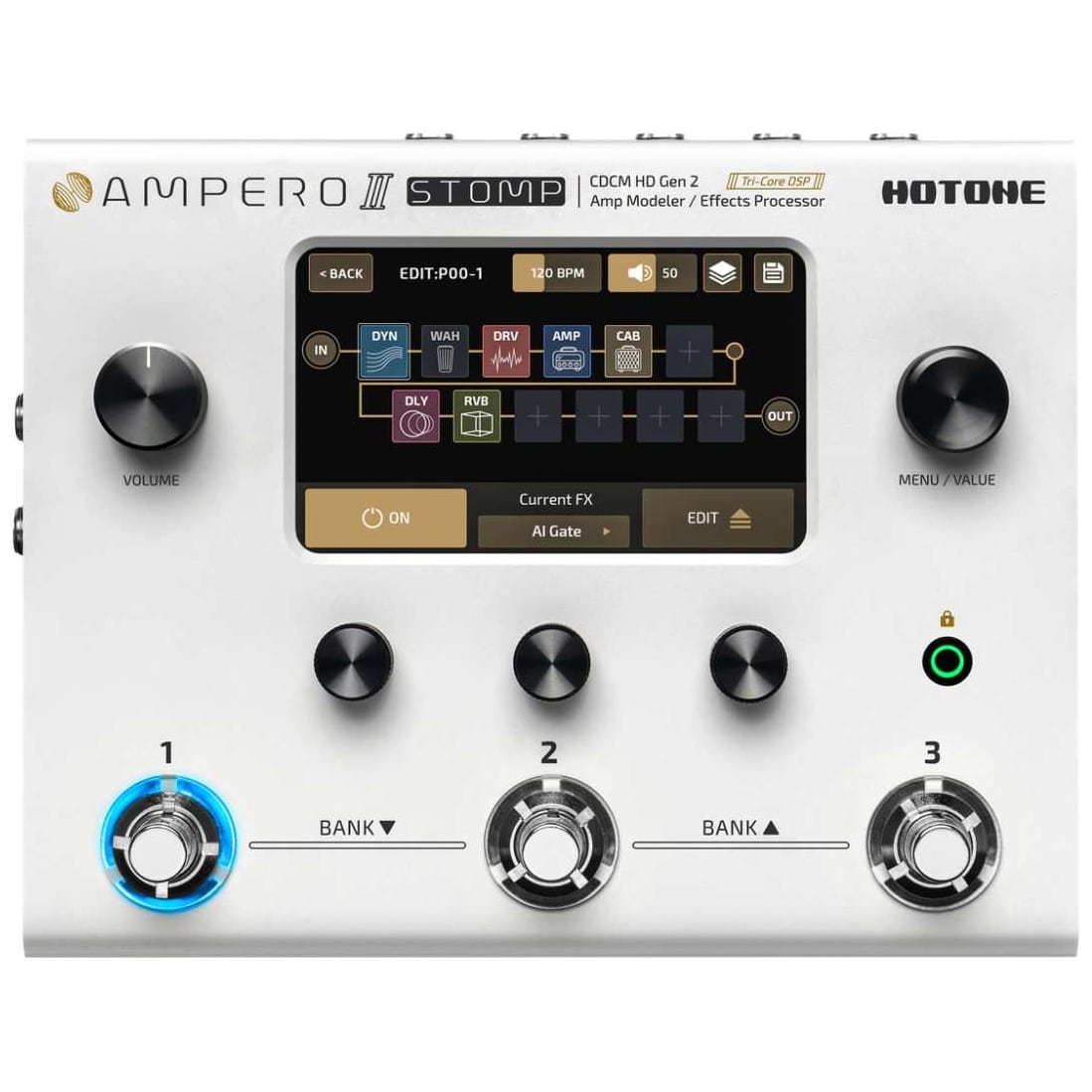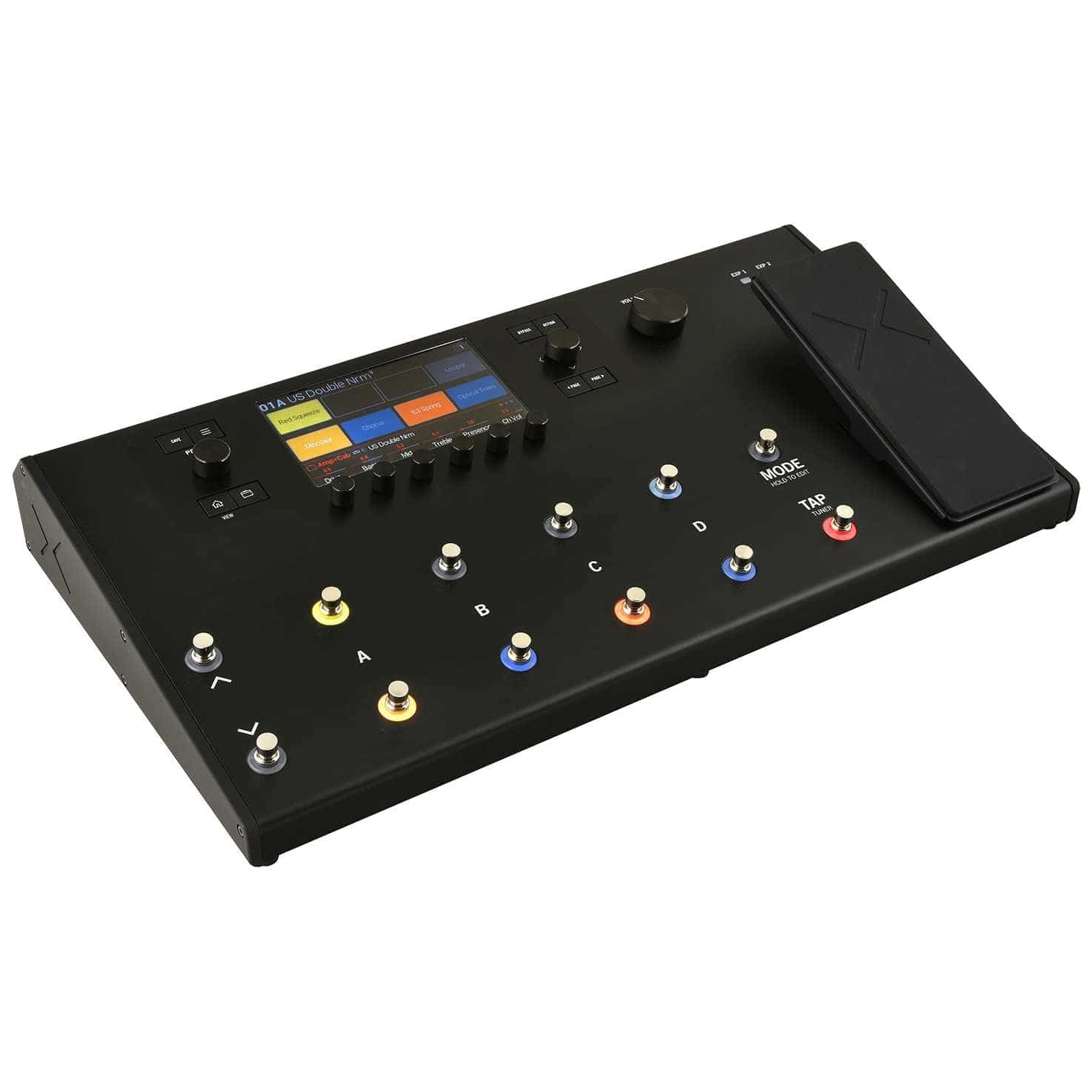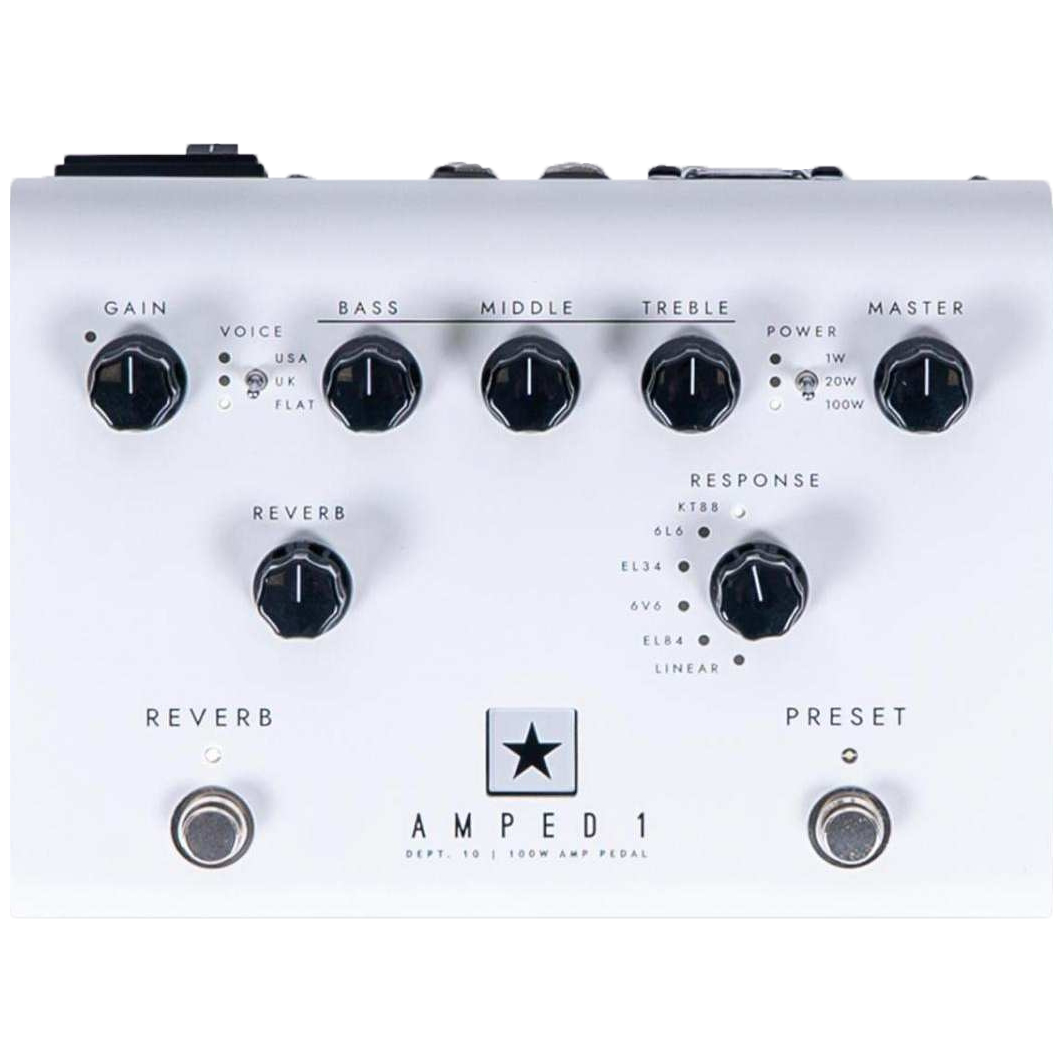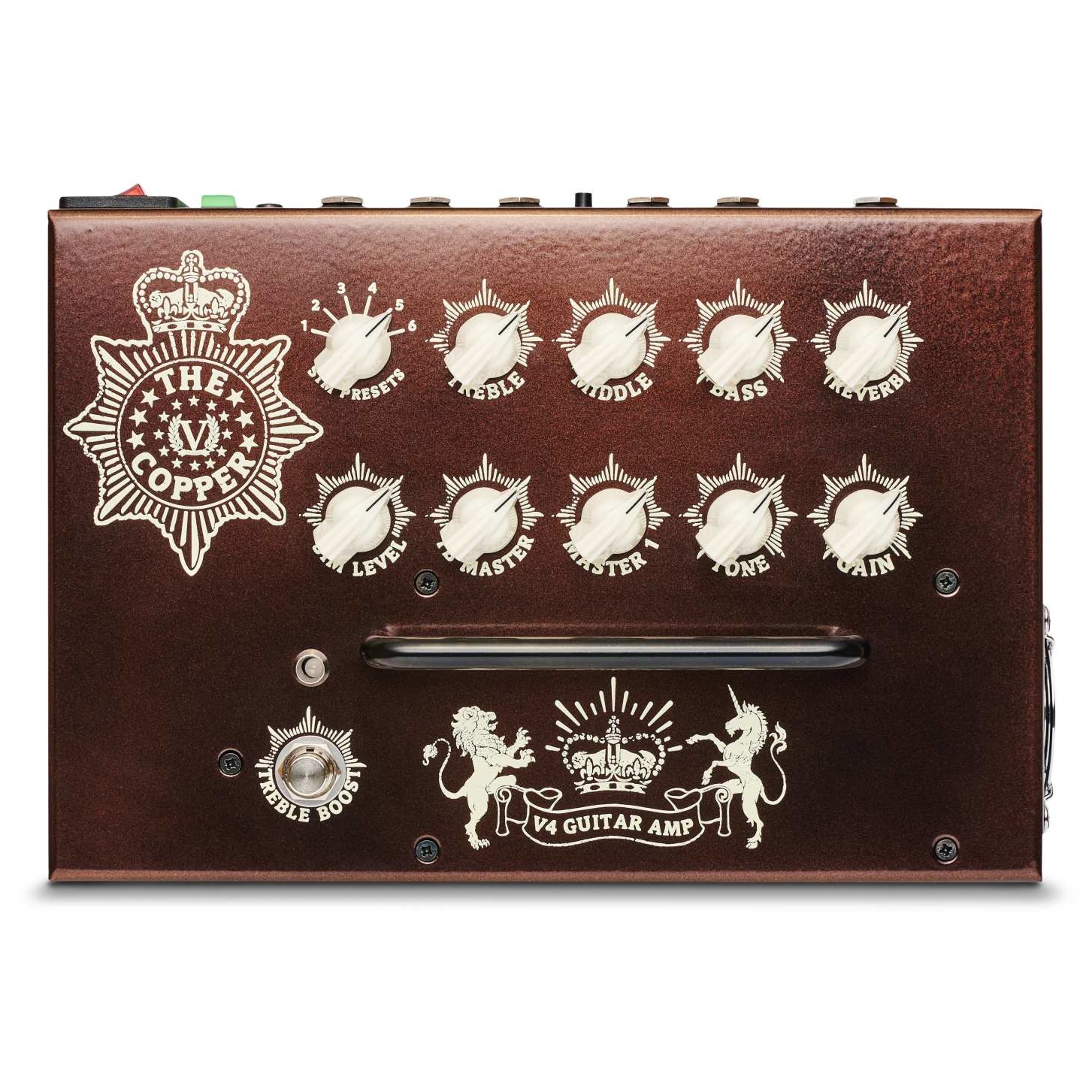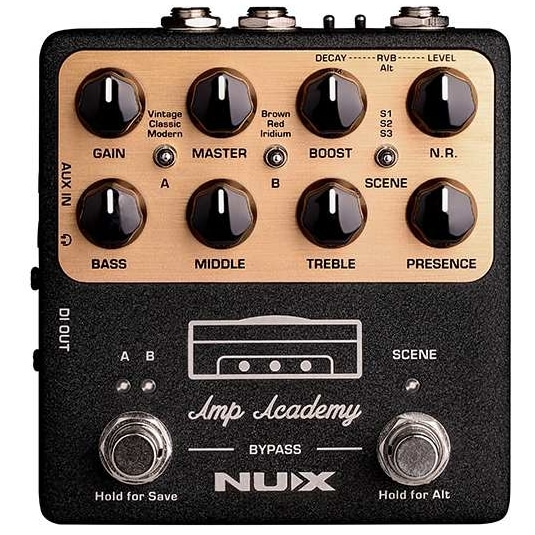You can trust us!
We have been there for you locally for over 40 years and look back on over 20 years of experience in the mail order business.
Can it be a little less?
At the latest with the red bean that Line 6 brought onto the market in 1998 under the name "POD", it was clear: guitar recording will never be the same again. Of course, it is still true today that a fully equipped tube amplifier , well microphoned and with appropriate post-processing, is the supreme discipline. But it is now also true: it has never been easier to produce outstanding guitar sound in the smallest space and at the lowest volume. This is mainly about two things:
First: Good amplifier simulation that can recreate the dynamics and sound, but above all the playing feel of a real amplifier. There is a variety of technologies here, from completely analog circuits, some even with built-in tubes, to the most modern modeling, in which computer chips recreate the sound in detail. By the way, both technologies are now practically in no way inferior to each other: whether it's 0s and 1s in the digital world or fully analogue circuits: the sound is perfect!
Second: the speaker simulation. An extremely important part of the guitar sound is the speaker, its size and the enclosure (speaker cabinet) in which it is installed. While there are very good analogue solutions here that change the frequency range of the sounds like a real box would, we are now increasingly seeing the emergence of Impulse Responses (IRs). This technology (by the way, it is not new and has been used for a long time in the area of reverb , for example) can "copy" the behavior of certain speakers and thus create very authentic sounds . The advantage: There are a ton of third-party manufacturers where you can get IRs from Vintage Marshall speakers to modern metal cabinets, classic Fender cabs or even clock radio speakers. This offers maximum sound diversity on stage directly into the mixer , via the PA in the rehearsal room or even with headphones in the living room. Some manufacturers also use their own software technologies to simulate speakers in addition to or instead of IRs. These include products from, for example , Two Notes , Universal Audio or Line 6 .
So there you have it, the two core factors for good guitar amp simulations: amplifier simulation and speaker simulation. Many products offer both in a compact pedal form, such as the Strymon Iridium , or the Universal Audio UAFX pedal series . Others focus (analog or digital) on the simulation of speakers, for example to further process the line out of an amplifier. The trend has changed somewhat in recent years: While the POD tried to offer as many different sounds as possible in one enclosure in 1998, many devices today focus on a few sounds, which are, however, simulated in extreme detail. We at session believe in both technologies: So as a customer you get the best of both worlds with us: great sounds with extreme variety, like in the Line 6 HX series , or easy-to-use pedals with a few sounds, but which have perfected them, like the Universial Audio Dream '65 . So, browse and try it out!
 Trusted Shops: 4.84/5,00 (10085)
Trusted Shops: 4.84/5,00 (10085)

